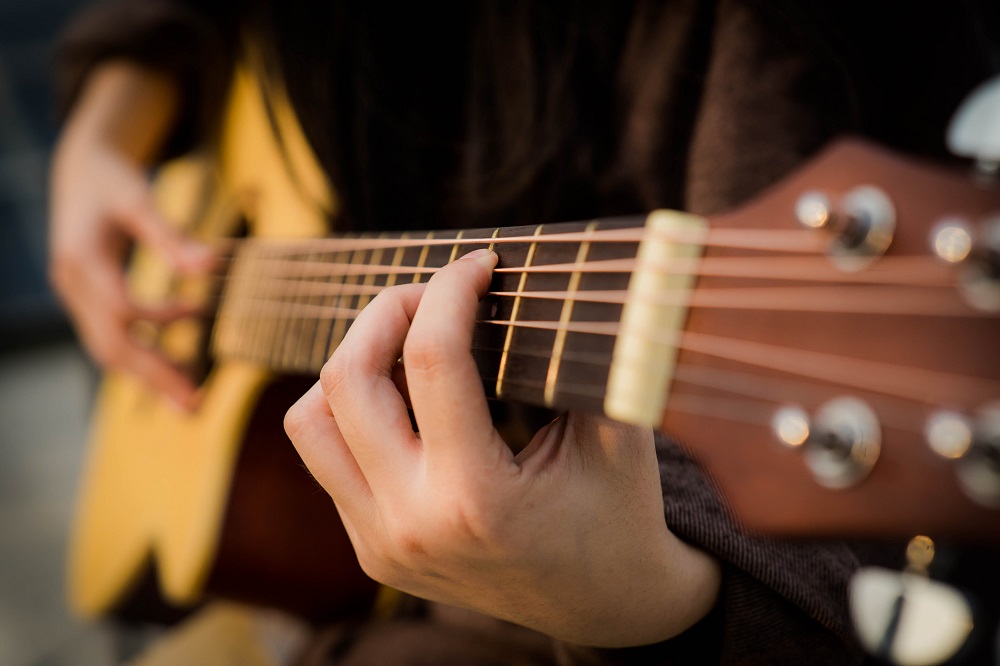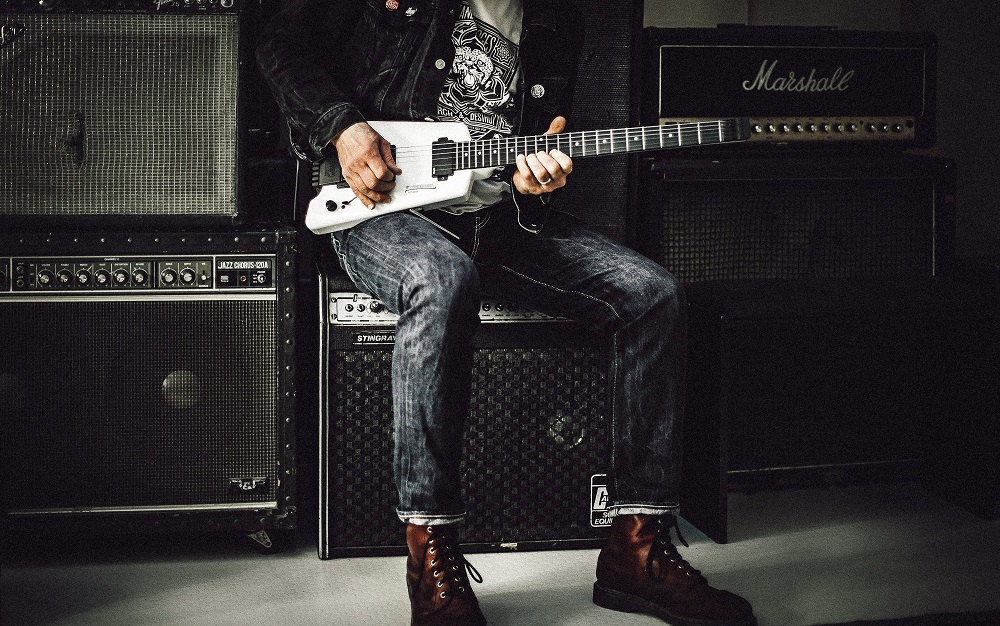
Choosing the right guitar can be a daunting task, especially for beginners. The acoustic and electric guitar are two of the most popular options, each with its own unique characteristics and sound. To make an informed decision, it’s essential to understand the differences between these two types of guitars and consider your personal preferences, playing style, and musical goals. In this article, we’ll explore the acoustic vs. electric guitar debate and help you determine which one is right for you.
The Acoustic Guitar: A Timeless Classic
Sound and Tone
The acoustic guitar is often hailed as the epitome of raw, natural sound. Its hollow body allows the strings to resonate and produce a warm, rich tone that’s instantly recognizable. Acoustic guitars are typically associated with genres like folk, country, blues, and singer-songwriter music.
The sound of an acoustic guitar is created entirely acoustically, without the need for amplification or external equipment. This makes it an excellent choice for musicians who prefer an authentic, unplugged experience.
Playability
Acoustic guitars come in various body shapes and sizes, from the small and portable parlor guitars to the large dreadnoughts. The choice of body style can significantly impact playability and comfort. Smaller body guitars are often more comfortable for beginners and those with smaller hands, while larger guitars may provide a fuller, more resonant sound.
Acoustic guitars typically have a higher string gauge (thicker strings) compared to electric guitars. This can make them slightly more challenging for beginners to play, as it requires more finger strength. However, many find the acoustic guitar’s string tension beneficial for fingerpicking and developing finger strength.
Portability and Maintenance
One of the advantages of acoustic guitars is their portability. You don’t need an amplifier or any additional equipment to play, making them perfect for impromptu jam sessions, campfires, or outdoor performances.
Maintenance for acoustic guitars is relatively straightforward. Regular cleaning, string changes, and occasional truss rod adjustments are typically all that’s required. Acoustic guitars are also less prone to electronic malfunctions, as they lack the complex wiring found in electric guitars.
Pros of Acoustic Guitars
- Natural, warm sound.
- Portability and convenience.
- Minimal maintenance requirements.
- Ideal for solo and unplugged performances.
- Great for developing finger strength and technique.
The Electric Guitar: Versatility and Creativity
Sound and Tone
Electric guitars are known for their versatility and ability to produce a wide range of sounds. They rely on electromagnetic pickups to convert string vibrations into electrical signals, which are then amplified through an amplifier. This process allows for greater control over the guitar’s sound.
Electric guitars are commonly associated with rock, jazz, blues, and various forms of contemporary music. They can produce clean, crisp tones, as well as heavily distorted and saturated sounds, making them the weapon of choice for many lead guitarists.
Playability
Electric guitars often have thinner necks and lower string action compared to acoustic guitars, making them more comfortable to play for many musicians. The lower string tension also makes it easier to bend notes and execute techniques like vibrato and slides.
Additionally, electric guitars often have more accessible upper frets, making it easier to play solos and lead guitar lines. This can be especially advantageous for players who aspire to perform intricate melodies and solos.
Amplification and Effects
One of the significant advantages of electric guitars is their adaptability to amplifiers and effects pedals. With the right equipment, you can shape your sound in countless ways. Whether you want to emulate the tone of your favorite guitarist or create entirely unique sounds, electric guitars offer endless possibilities for experimentation.
Effects pedals, such as distortion, reverb, and delay, allow you to craft your signature sound. This level of customization is a significant draw for musicians who crave creative control over their tone.
Pros of Electric Guitars
- Versatile sound options.
- Comfortable playability, especially for lead guitarists.
- Customizable tone through amplification and effects.
- Ideal for various genres, including rock, jazz, and metal.
- Excellent for stage performances with a band.
Factors to Consider When Choosing Your Guitar
1. Musical Genre and Playing Style
Your choice between an acoustic and an electric guitar should align with the music you intend to play. If you’re into folk, acoustic, or singer-songwriter genres, an acoustic guitar may be the better choice. Conversely, if you aspire to play rock, jazz, or metal, an electric guitar will be more suitable.
2. Playing Experience
Consider your level of experience as a guitarist. Beginners might find electric guitars more forgiving due to their lower string tension and easier playability. Acoustic guitars can be more challenging for beginners, but they offer valuable finger strength and technique development.
3. Budget
Both acoustic and electric guitars come in a wide range of price points. While there are affordable options for both types, electric guitars can become more expensive when you factor in the cost of an amplifier and effects pedals. Acoustic guitars, on the other hand, typically do not require additional equipment.
4. Portability and Convenience
Think about where you plan to play your guitar. Acoustic guitars are inherently portable and convenient for outdoor settings or small gatherings. Electric guitars require access to an amplifier and electricity, which may limit your playing options in certain situations.
5. Long-Term Goals
Consider your long-term musical goals. If you aspire to become a versatile guitarist who can play in various genres and settings, owning both an acoustic and an electric guitar may be the ideal solution. However, if you have a specific musical focus, prioritize the type of guitar that aligns with that focus.
Conclusion: Finding Your Perfect Match
In the acoustic vs. electric guitar debate, there is no one-size-fits-all answer. The choice between these two types of guitars ultimately depends on your personal preferences, musical goals, and playing style.
Acoustic guitars offer the timeless beauty of natural sound, portability, and minimal maintenance. They are perfect for intimate solo performances and those who want to delve into fingerstyle playing.
Electric guitars provide versatility, playability, and endless tonal possibilities through amplification and effects. They are the go-to choice for musicians who seek to rock the stage and explore a wide range of genres.
If you find yourself torn between the two, consider starting with the one that aligns more closely with your immediate musical interests. Over time, as you develop your skills and musical horizons, you may decide to add the other type of guitar to your collection.
Ultimately, the right guitar for you is the one that inspires you to pick it up, play it, and create the music that resonates with your soul. Whether acoustic or electric, both types of guitars have the power to ignite your passion for music and accompany you on your musical journey.
Generated by ChatGPT
